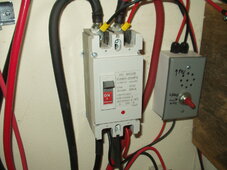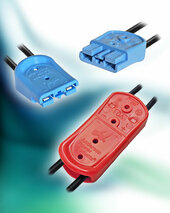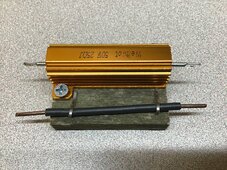kolek
Inventor of the Electron
- Joined
- Sep 29, 2021
- Messages
- 416
I was planning on not having a switch on my battery, and just unplugging it using an Anderson connector when I need to disconnect it.
But I still need a precharging circuit.
Someone should sell a pre-charge connector for Anderson connectors, but since they don't, what's an elegant way to handle it, or do I just need to build a switch with a pre-charge circuit?
But I still need a precharging circuit.
Someone should sell a pre-charge connector for Anderson connectors, but since they don't, what's an elegant way to handle it, or do I just need to build a switch with a pre-charge circuit?






